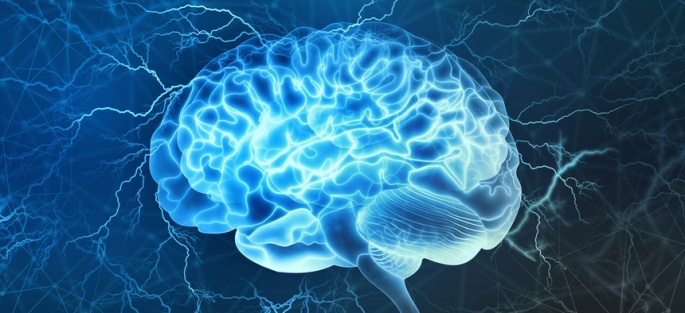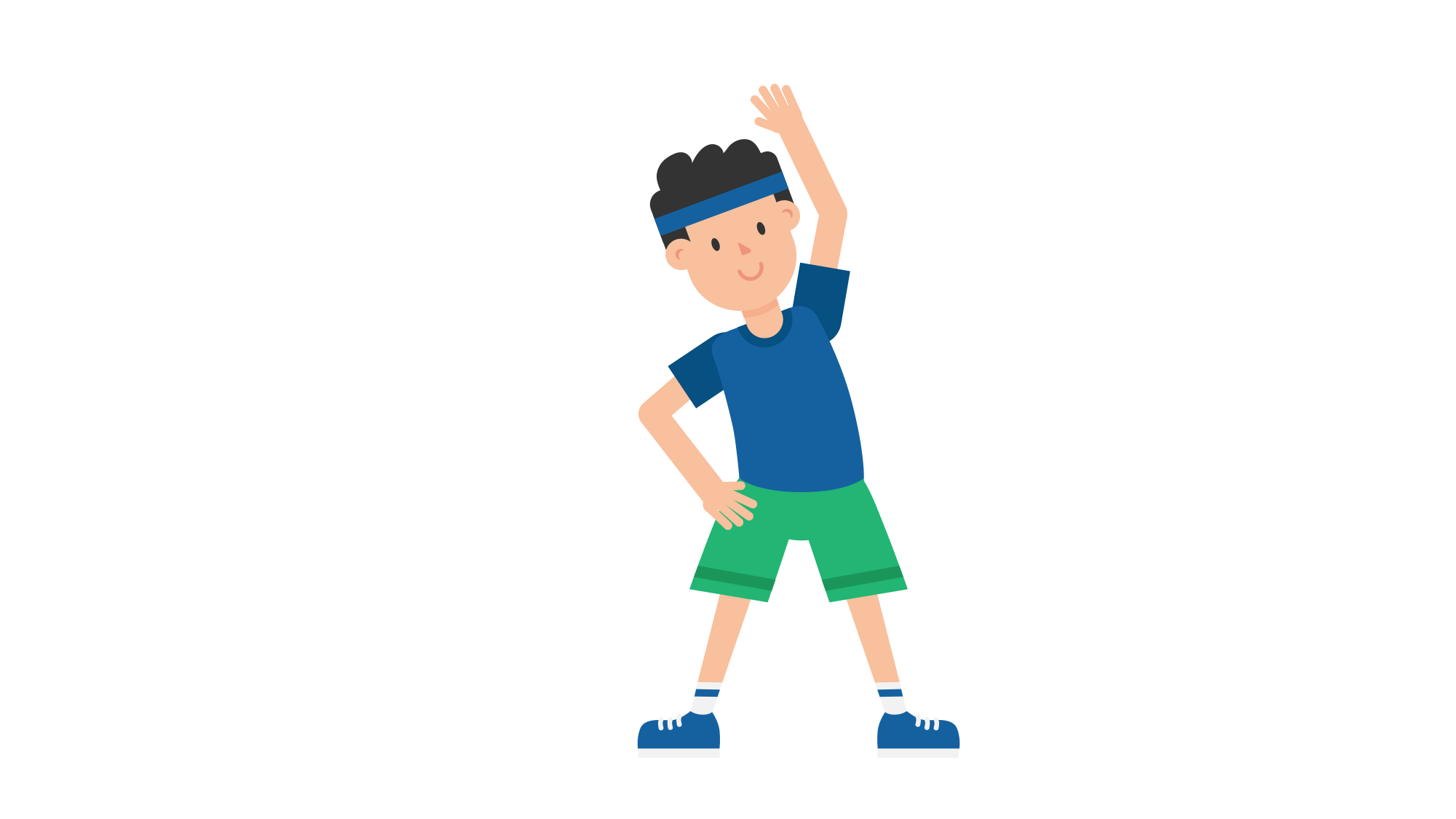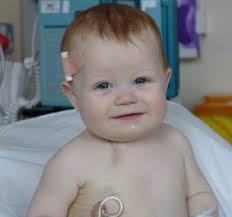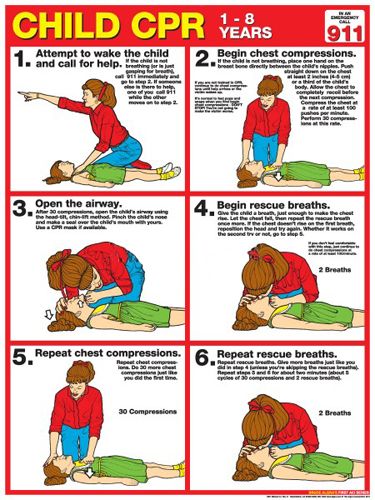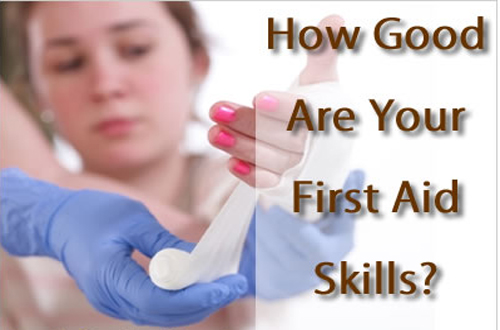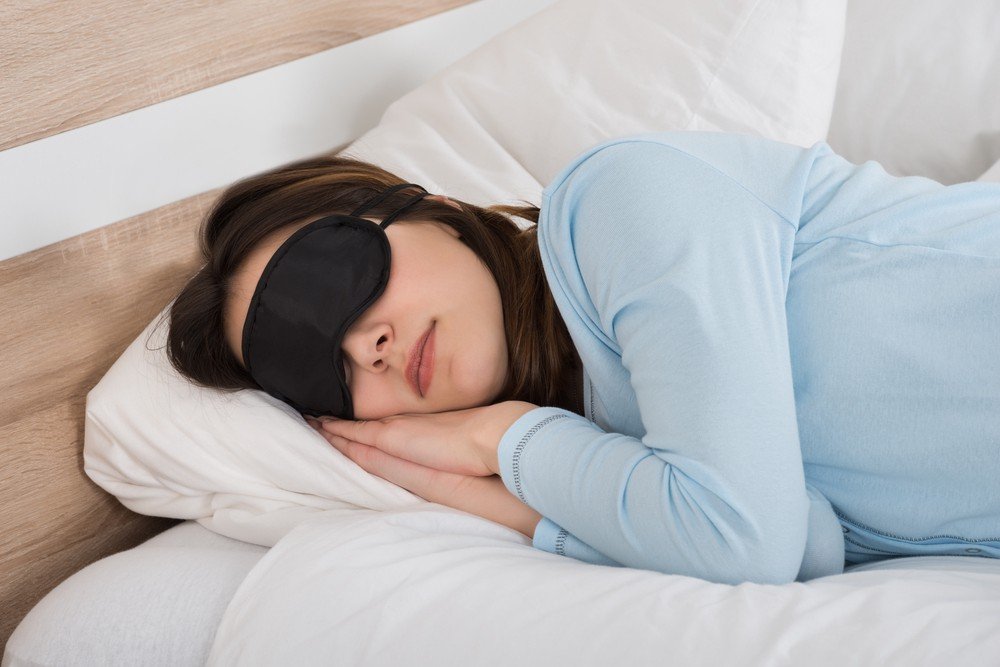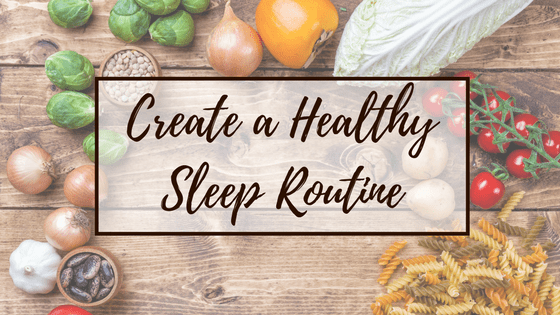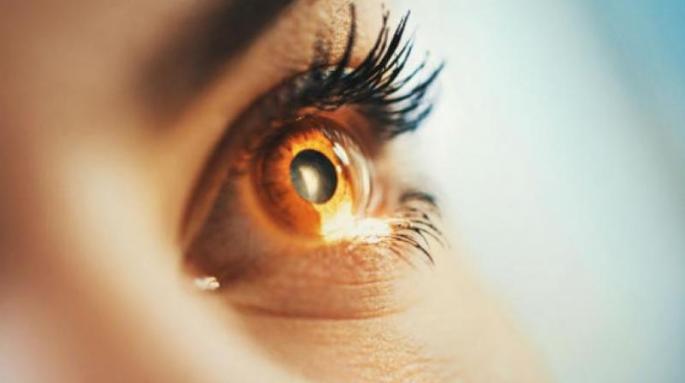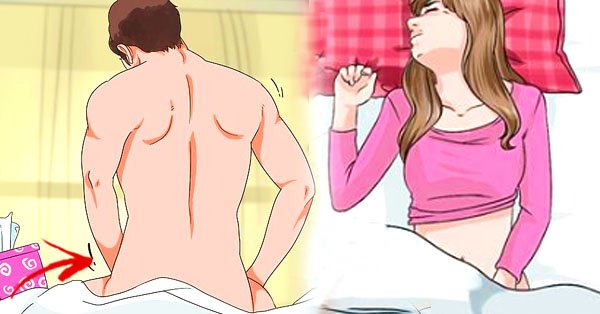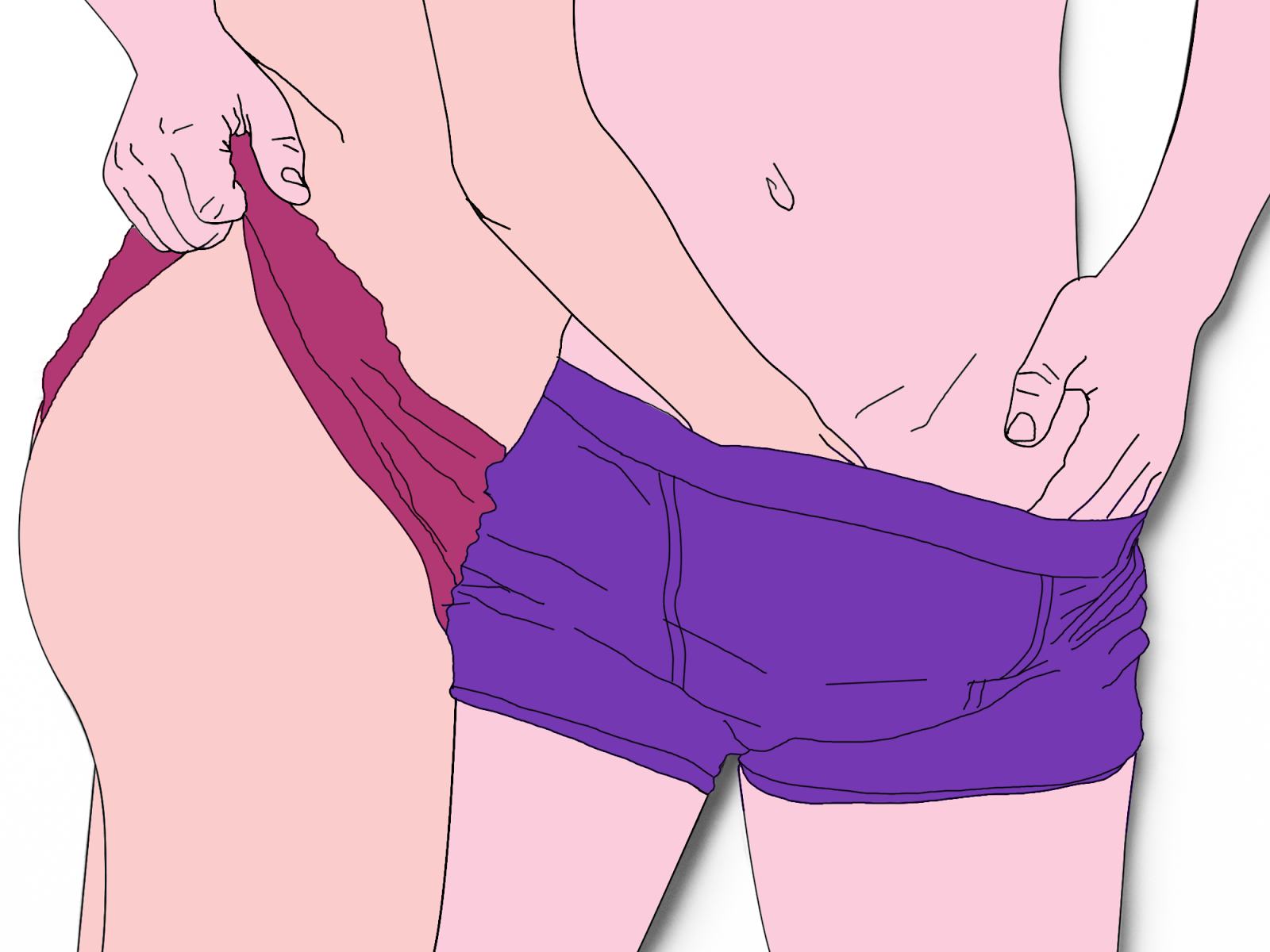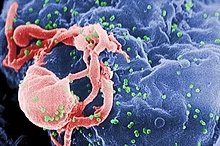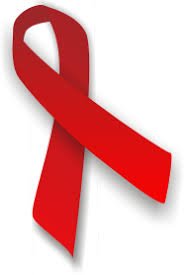Avoiding Potential Risk Factors
Keep your child away from high doses of radiation.
Studies show that people exposed to a high dose of radiation are at risk for leukemia. A classic example is the Hiroshima bombing survivors. Their exposure to atomic bomb radiation increased their chances of getting leukemia dramatically.
Even low doses of radiation in x-rays, CT scans, or radiotherapy increase chances of developing leukemia. Therefore, you should avoid repeated exposure to these tests and treatments as much as possible.
Health care professionals must be responsible in avoiding unnecessary radiation exposure for patients.
Avoid exposing your child to benzene.
Benzene is a chemical base for producing other chemicals such as gasoline, lubricants, and pesticides. It carries a sweet odor that can be absorbed easily once inhaled. It can also penetrate the skin upon exposure.
Rates of leukemia, specifically AML, are higher in people exposed to benzene.
Chronic exposure causes sufficient amounts of benzene to wreak havoc in the body. Avoid working in places with repeated exposure to benzene such as gasoline stations and cigarette factories.
New safety regulations have prompted lessening of benzene content in products such as gasoline. Still, it is best to lessen frequenting gasoline stations and crude oil mills.
Refrain from smoking or using tobacco around your child.
Smoking induces benzene exposure because benzene is emitted in cigarette smoke. Other radioactive chemicals are also found in cigarettes.
Second-hand smoking exposes a person to benzene as well.
The best advice for smokers is to quit smoking now and save other’s lives too. For non-smokers, avoid cigarette smoke at all cost.
Beware of the risks associated with certain types of chemotherapy.
Children treated with chemo for other forms of cancer have a higher risk of developing a secondary cancer like Acute Myeloid Leukemia which develops within 5-10 years of treatment.
Alkylating agents are mostly the culprit for secondary cancer caused by chemotherapy. This drug attaches a disruptive alkyl group that damages the DNA of cells.
There is an increased incidence of leukemia with this group of drugs.
It is advisable to discuss the treatment plan carefully with a doctor when undergoing chemotherapy.
Do not drink alcohol during pregnancy.
Some studies have found that mothers who drink alcohol during pregnancy may increase the risk of leukemia developing in their unborn child.
Keeping Your Child Healthy
Feed your child a healthy diet.
Encouraging children to make healthier choices will make their bodies strong and are less likely to develop cancer. According to MD Anderson Cancer Center you may try the following alternatives to help your children eat healthy.
Add different fruits and vegetables to your kid’s meal.
Prepare ready to eat fruits and vegetables for snacks.
Puree vegetables and add as sauces over pastas.
Encourage your child to be more active.
Exercise keeps the body in good shape as well as improves overall immunity. Make sure to get your kids at least 60 minutes of physical activity.
Limit TV and video games.
Encourage bike or walking early morning.
Sign up kids for classes such as basketball clinics or dance lessons.
Make sure your child is getting adequate sleep.
The body recuperates best during sleep. Repair of damaged cells commence during this time to restore good health. Adequate sleep will ensure a healthy body and a well-oiled immune system, which is important to combat illnesses.
In general, children need a lot of sleep. one to three year olds need 12 to 14 hours, four to six year olds need 10 to 12 hours, seven to twelve year olds need 10 to 11 hours and teenagers need 8 to 9.
Recognizing the Symptoms Early On
Look for signs of fatigue.
Fatigue is the most common symptom. Paleness of the face and skin and difficult of breathing with mild exertion may accompany fatigue. These symptoms indicate that the red blood cells do not carry sufficient amounts of oxygen to the rest of the body. The lungs, other vital organs, and muscles compensate for less oxygen by working more diligently. This is a very taxing process to sustain and causes general feeling of fatigue.
Be aware of persistent fever.
Fever actually protects the body from harmful processes within. The constant fighting of the body against leukemia cells trigger persistent fever.
Ask your child if they are experiencing bone pain.
The bone marrow is the soft tissue core inside the bone. Bone pain is a result of the saturation of bone marrows with leukemia cells.
Look for easy bruising and bleeding.
Easy bruising , frequent bleeding of gums and nose, pinpoint red spots in the skin. These are symptoms of low amounts of normal platelet in the body.
Feel for soft, small lumps under the skin.
Soft, small lumps may be found in any part of the body. The lumps are by-products of leukemic cells seeping under the affected area.
Watch out for a loss of appetite.
The spleen is the graveyard for dead blood cells. Leukemia increase the death rate of blood cells and congest the spleen. Consequently, the spleen becomes enlarged. The close proximity of the spleen to the stomach plays a role in loss of appetite. The enlarged spleen presses on the stomach to mimic a feeling of fullness. This explains the loss of appetite.
Keep track of any weight loss.
Chronic battle of the body against leukemia triggers a cascade of inflammatory cells. One inflammatory cell is named tumor necrosis factor (cachectin). Cachectin is responsible for weight loss.
Be aware if your child is experiencing night sweats.
Fever is a response of the body against harmful leukemia cells. Chronic fever alters the ability of the brain to regulate body temperature. The brain’s faulty regulatory process perceives the normal body temperature to be too hot and uses night sweating as a means of releasing heat.
Look for lumps in the groin, underarms, and neck.
The lumps signify swelling of the lymph glands. The lymph glands are the policemen of the body. They detain unwanted bacteria, virus, and foreign substance such as cancer cells and prime them for removal. In this case, lymph glands trap leukemia cells and try to eliminate them.
Identify any pains or aches on the left side of the abdomen.
The spleen becomes too stretched and enlarged that pain is produced. This is often complained in the left side of the abdomen where the spleen is usually located.
Treating Leukemia
Put your child through chemotherapy.
According to the American Cancer Society, the main treatment for childhood leukemia is chemotherapy. For children who have higher risk for leukemia, chemotherapy is given along with stem cell transplant.
Chemotherapy can only potentially treat ALL and AML cases. Chemotherapy is most successful in ALL where 50% of cases are cured. CML and CLL do not respond well to chemotherapeutic drugs.
The main drawback of chemotherapy drugs is that it kills both normal and cancer cells. There may also be setbacks when cancer cells recur despite treatment. The main medications used in chemotherapy are cytarabine and anthracycline.
Cytarabine works by disturbing the DNA synthesis of healthy and cancer cells. Therefore, new cell production is put to a halt. Anthracycline damages DNA proteins and disrupts DNA synthesis of healthy and leukemia cells.
Sign your child up for a stem cell transplant.
A healthy donor’s stem cell can be transplanted into a leukemia patient by way of the bone marrow. In this way, new multipotent stem cells encourage the growth of new, healthy blood cells.
Bone marrow is the only stem cell transplant source without controversy. Other stem cell sources (such as embryos) are met with mixed opinions in the medical field.
Put your child on a neutropenic diet.
This is a special type of diet which aims to protect the patient from foods that harbor bacteria and potentially cause infection. The blood cells of patients are not well-equipped to ward off infection efficiently. Some basic tips to follow for neutropenic diet are:
- Avoid fresh fruits and raw vegetables. Bacteria may be present in the skin and leaves. Fruits that can be peeled off such as banana, grapefruit, and oranges are safe to eat. Cooked vegetables, canned fruits and vegetables, and juices are safe for consumption.
- Always cook the meat and fish well-done. This ensures that no potential threat such as Salmonella can infect a patient.
- Consume only pasteurized dairy products. Pasteurization is the gold standard of eliminating harmful substances in dairy products.
- Avoid salad bars, deli counters, and sashimi counters. Opt for cooked food all the time.
- Make sure that water is safe for drinking. Distilled, boiled, reverse osmosis or filtered water is advisable.



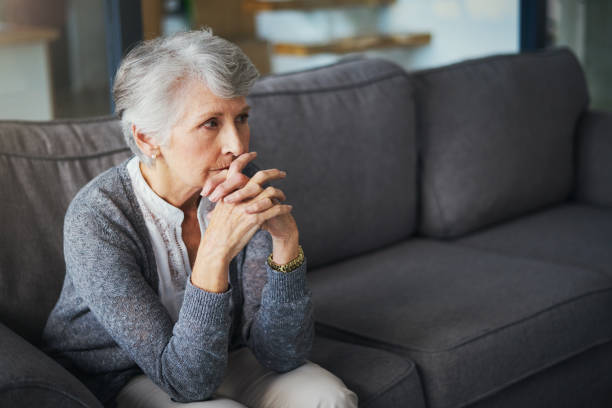







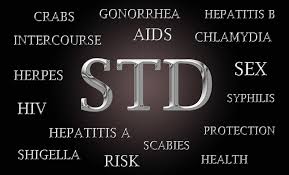



.jpeg)
